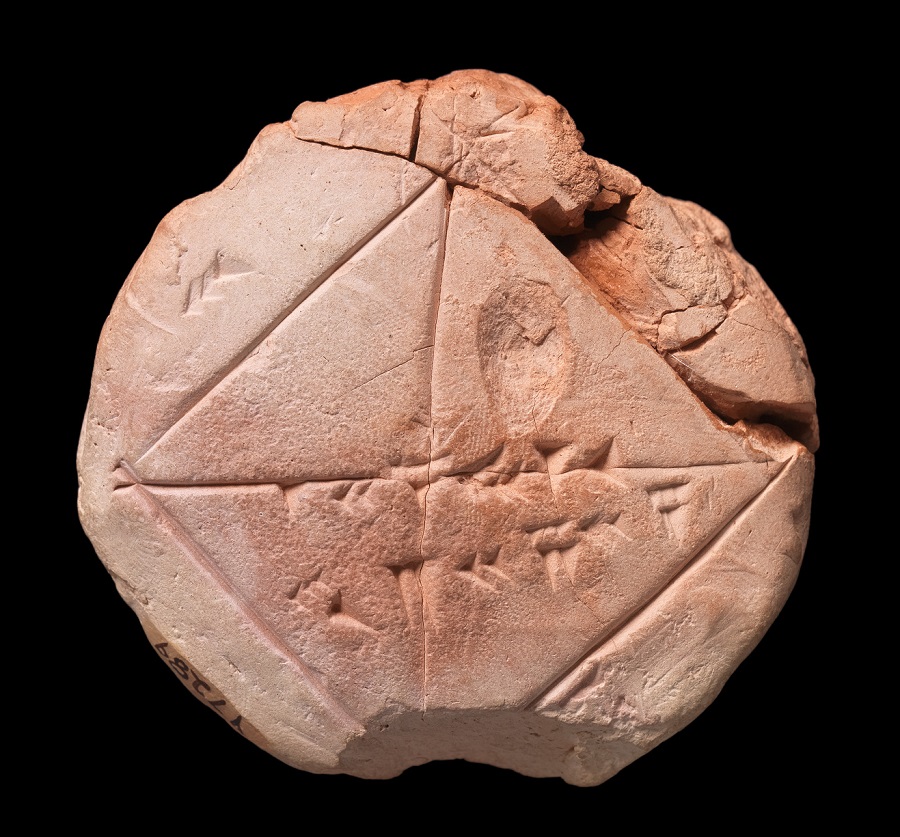

The decimal numeral system (also called base-ten positional numeral system, and occasionally called denary) is the standard system for denoting integer and non-integer numbers.Ī degree (in full, a degree of arc, arc degree, or arcdegree), usually denoted by ° (the degree symbol), is a measurement of a plane angle, defined so that a full rotation is 360 degrees. New!!: Babylonian numerals and Cuneiform script


New!!: Babylonian numerals and Babylonia Ĭlay is a finely-grained natural rock or soil material that combines one or more clay minerals with possible traces of quartz (SiO2), metal oxides (Al2O3, MgO etc.) and organic matter.Ĭuneiform script, one of the earliest systems of writing, was invented by the Sumerians. New!!: Babylonian numerals and Arithmetic īabylon (KA2.DIĜIR.RAKI Bābili(m) Aramaic: בבל, Babel بَابِل, Bābil בָּבֶל, Bavel ܒܒܠ, Bāwēl) was a key kingdom in ancient Mesopotamia from the 18th to 6th centuries BC.īabylonia was an ancient Akkadian-speaking state and cultural area based in central-southern Mesopotamia (present-day Iraq). In plane geometry, an angle is the figure formed by two rays, called the sides of the angle, sharing a common endpoint, called the vertex of the angle.Īrithmetic (from the Greek ἀριθμός arithmos, "number") is a branch of mathematics that consists of the study of numbers, especially the properties of the traditional operations on them-addition, subtraction, multiplication and division. The abacus (plural abaci or abacuses), also called a counting frame, is a calculating tool that was in use in Europe, China and Russia, centuries before the adoption of the written Hindu–Arabic numeral system. Ĥ9 relations: Abacus, Angle, Arithmetic, Babylon, Babylonia, Circle, Clay, Cuneiform script, Decimal, Degree (angle), Ebla, Equilateral triangle, Fraction (mathematics), Integer, Integer factorization, Minute, Mixed radix, Nothing, Numeral system, Numerical digit, Phragmites, Positional notation, Radix point, Roman numerals, Second, Semitic languages, Sexagesimal, Sign-value notation, Stylus, Sumer, Sun, Superior highly composite number, Time, Trigonometry, Wolfram Demonstrations Project, 0, 1, 10, 12 (number), 120 (number), 15 (number), 2, 20 (number), 3, 30 (number), 4, 5, 6, 60 (number). Babylonian numerals were written in cuneiform, using a wedge-tipped reed stylus to make a mark on a soft clay tablet which would be exposed in the sun to harden to create a permanent record.


 0 kommentar(er)
0 kommentar(er)
